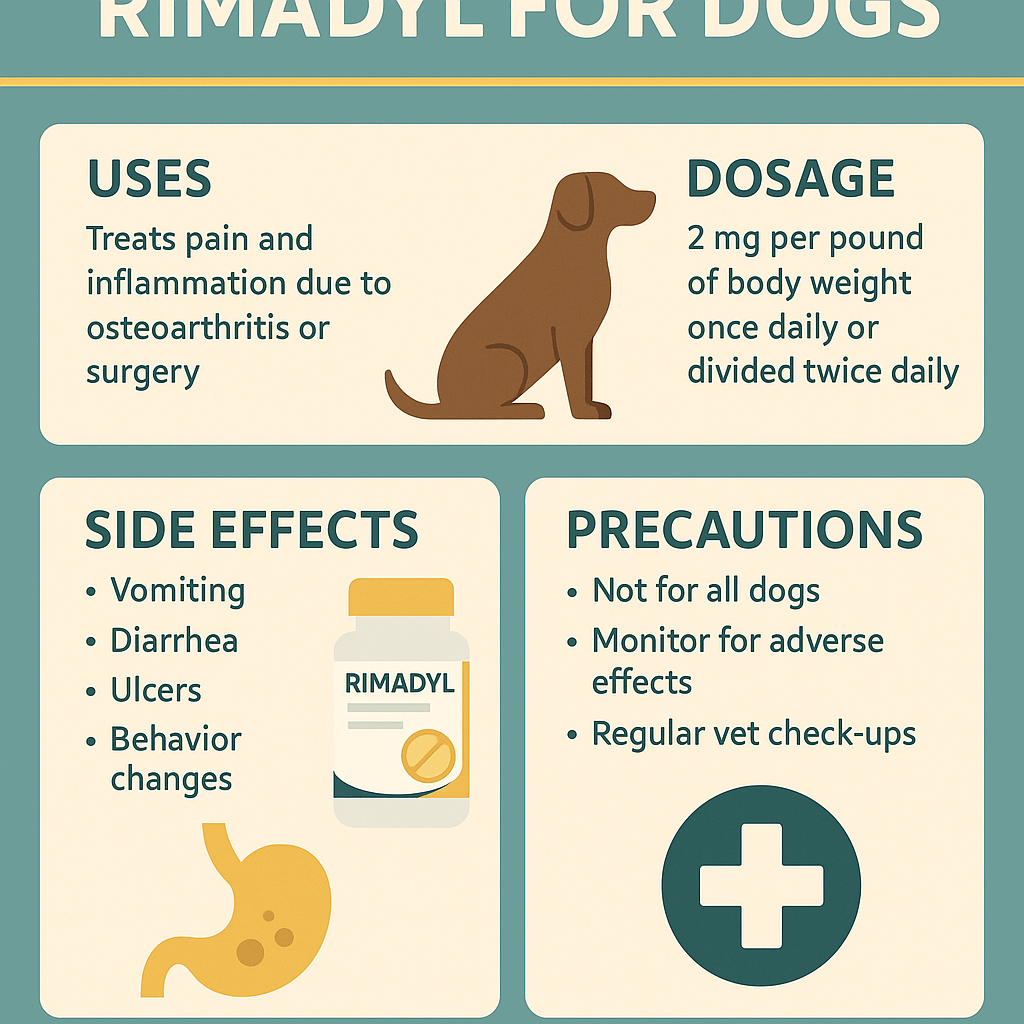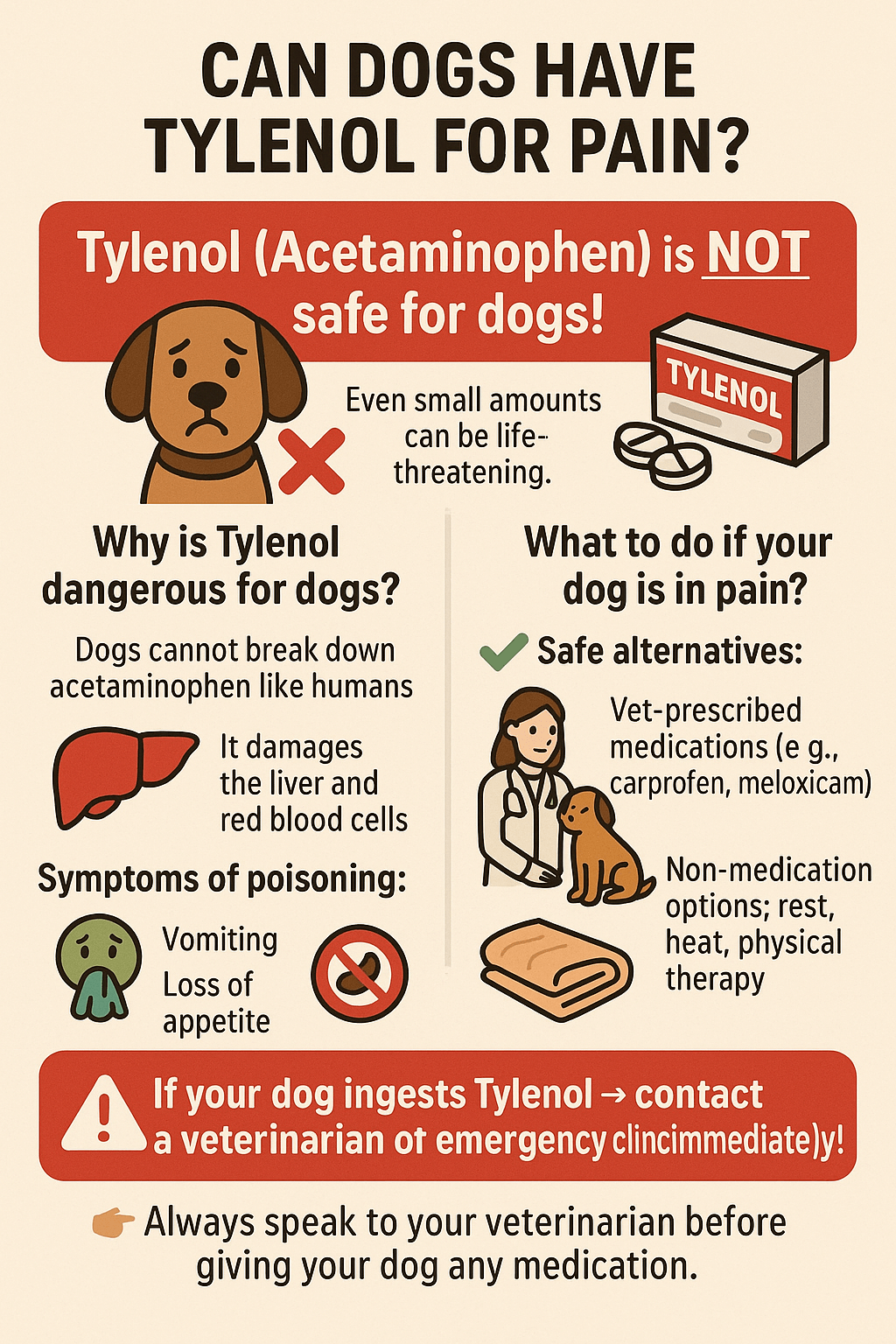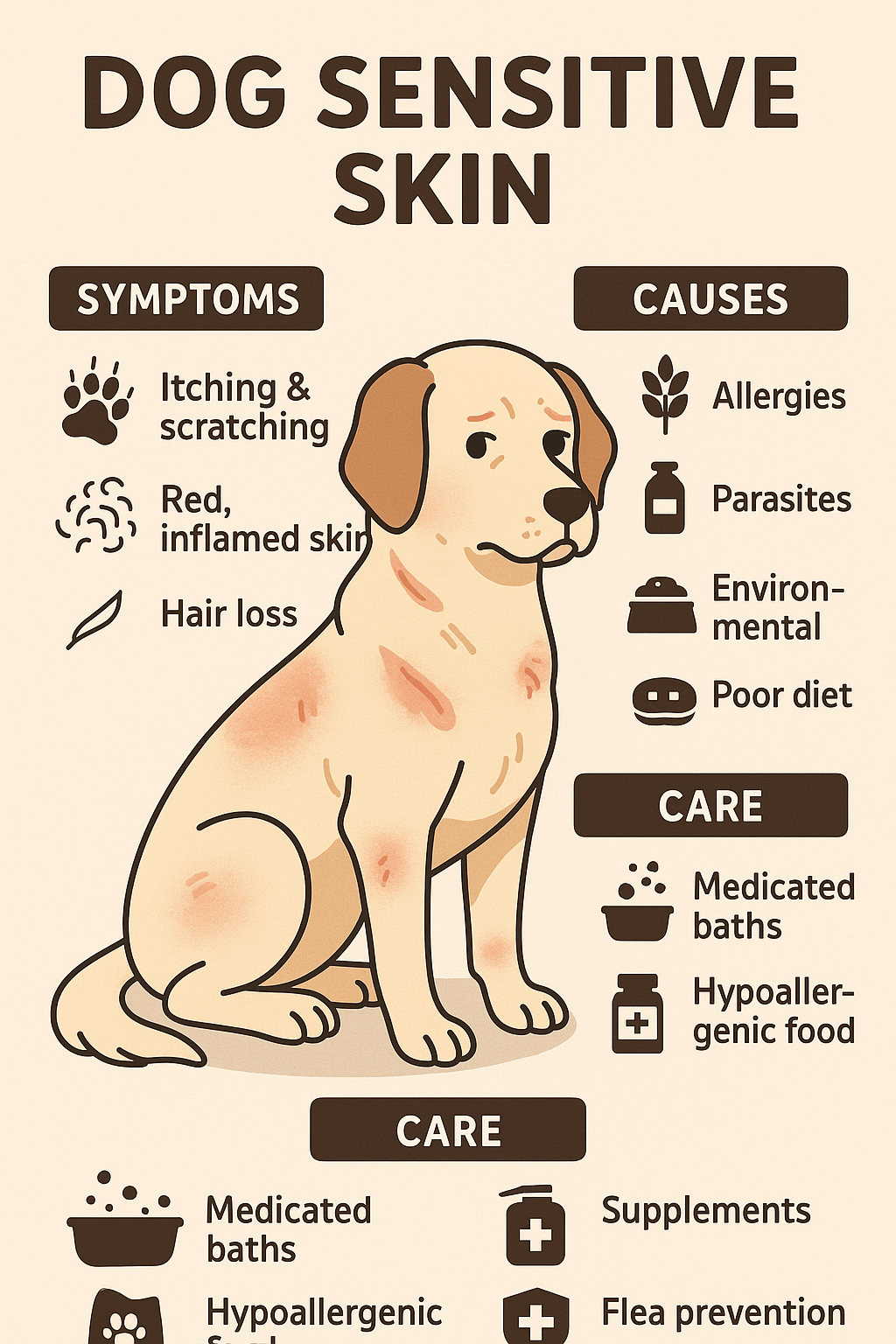How to Fix Paraphimosis in Dogs at Home: A Comprehensive Guide
If you’re a dog owner, you know that our furry friends can sometimes face unexpected health issues. One such condition is paraphimosis, which occurs when the dog’s penis becomes stuck outside the prepuce and cannot retract properly. While this issue may seem alarming, it’s important to stay calm and act quickly. In this guide, we’ll walk you through how to address paraphimosis in dogs safely and effectively from the comfort of your home. Whether you’re a seasoned pet parent or new to dog care, this article will equip you with the knowledge you need to handle this situation confidently.
Understanding Paraphimosis: What You Need to Know
Before diving into solutions, it’s essential to understand what paraphimosis in dogs entails. This condition is not just uncomfortable for your dog but can also lead to serious complications if left untreated. Here’s a quick breakdown of key points:
- Definition : Paraphimosis happens when the penis remains outside the protective sheath (prepuce) for an extended period.
- Causes : Common triggers include infections, injuries, or anatomical abnormalities.
- Symptoms : Swelling, redness, discomfort, and excessive licking are common signs.
- Risks : Prolonged exposure can lead to tissue damage or necrosis.
- Prevention : Regular hygiene and monitoring can reduce the risk.
Understanding these basics will help you identify the problem early and take appropriate action. Knowledge is your first line of defense against this potentially serious issue.
Immediate Steps to Address Paraphimosis at Home
When paraphimosis strikes, time is of the essence. Acting promptly can prevent further complications. Here’s what you should do immediately after noticing the condition:
- Stay Calm : Your dog can sense anxiety, so maintaining composure is crucial.
- Wash Your Hands : Cleanliness is vital to avoid introducing bacteria during handling.
- Apply Lubrication : Use a water-based lubricant to gently ease the penis back into the prepuce.
- Cold Compress : Apply a cold compress to reduce swelling and discomfort.
- Monitor Progress : Keep an eye on your dog’s condition and ensure the issue doesn’t recur.
These steps are simple yet effective in managing paraphimosis at home. However, remember that professional veterinary care may still be necessary if the problem persists.
Expert Opinion: Insights from a Veterinarian
“Paraphimosis is a condition that requires immediate attention to prevent complications such as tissue damage or infection,” says Dr. Emily Carter, a licensed veterinarian with over 15 years of experience. “While mild cases can often be managed at home, pet owners should always prioritize professional guidance to ensure their dog’s safety and well-being.” According to Dr. Carter, early intervention and proper aftercare are key to avoiding recurrence.
Check this guide 👉 Understanding Dog Hyperkeratosis: Best 7 Expert Tips!

Signs of Paraphimosis | Actions to Take |
|---|---|
Swelling around the penis | Apply a cold compress to reduce inflammation. |
Redness or discoloration | Gently clean the area with mild soap and water. |
Excessive licking or chewing | Distract your dog and prevent further irritation. |
Difficulty urinating | Ensure the penis is retracted and consult a vet. |
Visible pain or distress | Provide soothing words and seek professional advice. |
When to Seek Veterinary Assistance
While home remedies can often resolve paraphimosis, there are situations where professional intervention is critical. Knowing when to contact a vet ensures your dog receives the best care possible. Consider the following scenarios:
- Severe Swelling : If the swelling does not subside after applying a cold compress.
- Inability to Retract : If the penis remains stuck despite attempts to lubricate and reposition it.
- Signs of Infection : Discharge, foul odor, or worsening redness indicate infection.
- Persistent Pain : If your dog shows signs of extreme discomfort or aggression.
- Recurrent Episodes : Frequent occurrences suggest an underlying issue requiring diagnosis.
Your veterinarian can provide advanced treatments, such as medications or surgical options, to address persistent or severe cases. Don’t hesitate to reach out for expert guidance when needed.
Preventing Future Episodes of Paraphimosis
Prevention is always better than cure. By adopting proactive measures, you can minimize the risk of paraphimosis recurring in your dog. Here’s how to safeguard your pet’s health:
- Regular Hygiene : Clean your dog’s genital area during baths to prevent buildup of debris.
- Monitor Playtime : Avoid activities that put pressure on the pelvic region.
- Healthy Diet : Proper nutrition supports overall well-being and reduces inflammation risks.
- Routine Checkups : Schedule regular vet visits to catch potential issues early.
- Neutering Benefits : Discuss neutering with your vet, as it may lower the risk of certain conditions.
Taking these preventive steps not only protects your dog from paraphimosis but also enhances their quality of life. A little effort goes a long way in ensuring your pet stays happy and healthy.
Signs That Your Dog May Be Experiencing Paraphimosis
Recognizing the early signs of paraphimosis is crucial for timely intervention. Dogs may not always vocalize their discomfort, so it’s up to you to observe subtle changes in their behavior or physical condition. Here are some key indicators to watch for:
- Excessive Licking : Persistent licking of the genital area can signal irritation or pain.
- Visible Swelling : Noticeable inflammation around the penis is a red flag.
- Difficulty Moving : Your dog may appear reluctant to walk or sit comfortably.
- Redness or Discoloration : Changes in skin color often accompany this condition.
- Unusual Behavior : Restlessness, whining, or aggression may indicate distress.
By staying alert to these signs, you can address paraphimosis before it escalates into a more serious issue. Early detection is your best chance to resolve the problem quickly and effectively.
Common Mistakes to Avoid When Treating Paraphimosis
When attempting to treat paraphimosis at home, well-meaning pet owners sometimes make mistakes that can worsen the situation. It’s important to approach the condition with care and avoid actions that could harm your dog further. Here are some common pitfalls to steer clear of:
- Using Harsh Chemicals : Avoid applying alcohol or other irritants to clean the area.
- Forcing Retraction : Never try to push the penis back forcefully, as this can cause injury.
- Ignoring Hygiene : Failing to wash your hands or maintain cleanliness increases infection risks.
- Delaying Veterinary Care : Waiting too long to seek professional help can lead to complications.
- Overusing Lubricants : Excessive lubrication may create a mess without resolving the issue.
Avoiding these mistakes ensures that your efforts to help your dog remain safe and effective. Always prioritize gentle, informed care over rushed or uninformed actions.
Long-Term Care Tips for Dogs Recovering from Paraphimosis
Once paraphimosis has been successfully treated, it’s essential to focus on your dog’s recovery and long-term health. Proper aftercare can prevent recurrence and ensure your dog returns to normal activity as soon as possible. Consider the following tips to support your pet’s healing process:
- Monitor for Recurrence : Keep an eye out for any signs that the condition might return.
- Maintain Cleanliness : Regularly clean your dog’s genital area to minimize infection risks.
- Limit Physical Activity : Allow your dog to rest and avoid strenuous play during recovery.
- Provide a Balanced Diet : Nutritious food supports immune function and tissue repair.
- Schedule Follow-Up Visits : Regular check-ins with your vet ensure ongoing health monitoring.
By implementing these practices, you can help your dog recover fully and reduce the likelihood of future episodes. A proactive approach to aftercare ensures your furry friend stays healthy and happy.
Frequently Asked Questions About Paraphimosis in Dogs
What causes paraphimosis in dogs?
It can result from infections, trauma, or anatomical issues like a narrow prepuce.
Can I treat paraphimosis at home?
Yes, mild cases can often be managed at home using lubrication and cold compresses.
How long does it take to resolve paraphimosis?
With proper care, the issue typically resolves within a few hours.
Is paraphimosis painful for my dog?
Yes, it can cause significant discomfort, especially if left untreated.
Will paraphimosis go away on its own?
Rarely; intervention is usually required to prevent complications.
Empower Yourself to Care for Your Dog
Paraphimosis in dogs may seem daunting, but with the right knowledge and tools, you can manage it effectively. From understanding the condition to taking immediate action and seeking professional help when needed, every step counts toward ensuring your dog’s well-being. Remember, prevention is key, and staying vigilant about your pet’s health will pay off in the long run. By following the tips outlined in this guide, you’ll be equipped to handle paraphimosis confidently and compassionately. Your furry companion deserves nothing less than the best care—so keep learning, stay prepared, and cherish every moment with your loyal friend.
Rimadyl for Dogs: Best 7 Expert Tips! Discover expert advice on using Rimadyl safely, managing pain, and improving your dog’s mobility with trusted veterinary insights.
Can Dogs Have Tylenol for Pain? Best 7 Expert Tips! Discover the risks, safe alternatives, and expert advice on managing your dog’s pain effectively while avoiding harmful medications.
Understanding Hemophilia in Dogs: Best 7 Expert Tips! Discover expert advice on managing hemophilia, recognizing symptoms, and ensuring your dog’s well-being with practical care strategies.
Understanding Dog Sensitive Skin: Best 7 Expert Tips! Discover expert advice on managing dog sensitive skin, relieving irritation, and improving your pup’s comfort with practical solutions.





